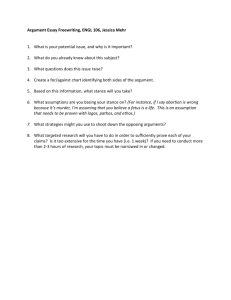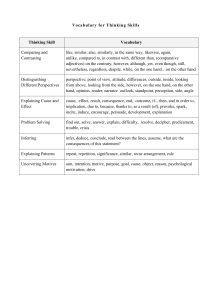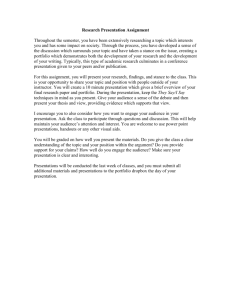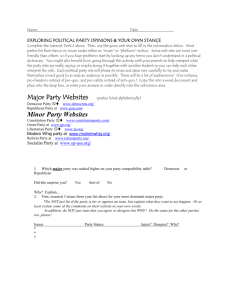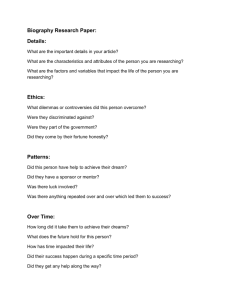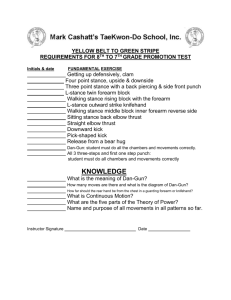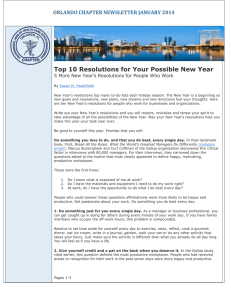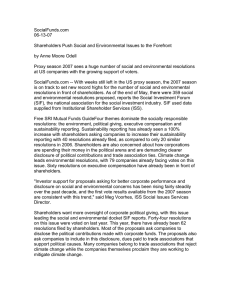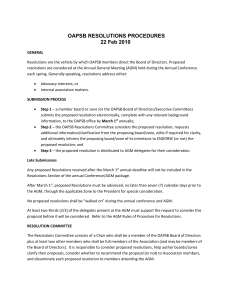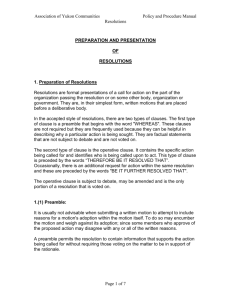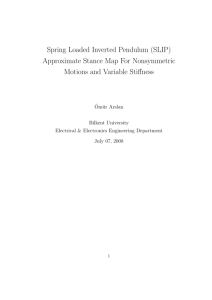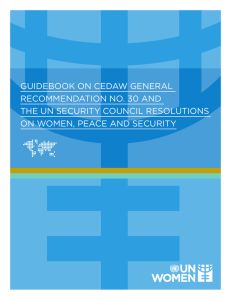Position Papers Guide
advertisement
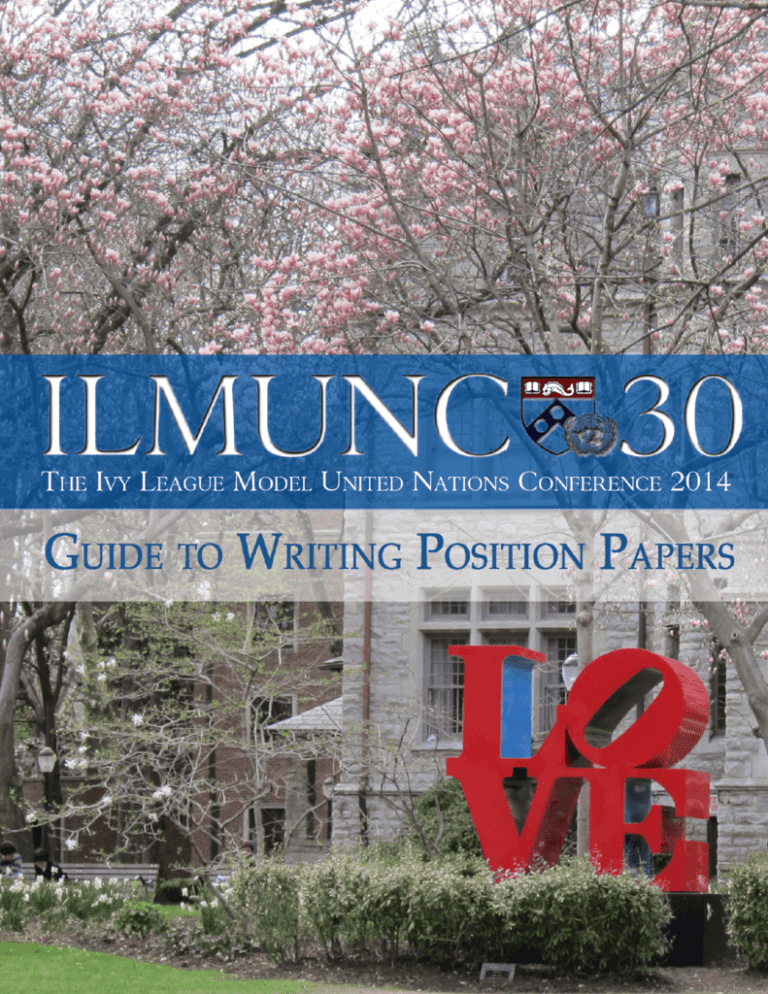
After you have completed your research, you should write position papers explaining your country’s stance on each topic addressed in your background guide. The purpose of position papers is to help you understand your nation’s views and interests on the various issues that you will discuss during the conference. In addition to combining all of your research into a concise document, position papers will also help you remember your country’s views throughout the course of debate. Papers should be organized into three sections that respectively address your nation’s stance on the background of the topic, the various measures that your nation has taken to address the topic, and finally, how you plan to discuss this topic during the conference. Format Each conference has slightly different guidelines, but the format used at ILMUNC is the following: 1. Write the name of your committee, topic, country, and school (in this order) on the top left hand corner of the page. 2. The paper is divided into three sections, each in a separate paragraph, as follows: a. History of the topic: The first section of your papers should discuss the background of the topic. This section should NOT merely be a re-statement of your background guide. Instead, it should elaborate on the issue AS YOUR COUNTRY sees it. According to your nation, what are the fundamental issues at hand? What are the major problems that need to be discussed? Why have these problems arisen? b. History of your country’s position on the topic: The next section should explain your nation’s specific history with the topic, explaining and assessing the various solutions that your country has explored. What actions has your country taken to address this problem? How has your country voted on previous UN resolutions on this topic? What general positions have you taken in the past? Which actions have been successful for your nation, and in what areas is further improvement needed? c. Proposed solutions to the topic: The final portion of your paper should discuss the various solutions that your nation would like the UN to consider. How do you feel the UN should address this issue? What specific actions would you like to see taken? What solutions would you support in a resolution? What remedies does your country oppose? Furthermore, how will your nation’s specific stance on this issue match up with other countries’ positions? Make sure to reference the “questions a resolution must answer” section of your background guide in this section of your paper. 3. Position papers should be no more than one side of a typed, single-spaced page for each topic. 1 Guide to Model UN Procedure Notes on Writing Position Papers • Do not write them until you are nearly, if not totally, done researching. Before you draft a position paper, outline your facts and ideas so that the paper flows logically. • Think of a position paper as essentially an outline for your ideas and goals as a country. Therefore, the last section of the paper does not need to contain goals that you could realistically achieve after negotiations and compromise – but they should be goals that your nation is willing and prepared to pursue. • Remember: - By the time you have finished the position paper, you should be ready to defend and explain all of your ideas in committee. - Your ideas should reflect your nation’s position – only start researching or creating possible solutions once you have fully researched your nation’s position on the issue. - The solutions you propose should be as original as possible. Solutions already enacted in previous documents or initiatives should not be included unless there is a valid reason to repeat them. • To give credit to your position and solutions, make sure to give sufficient specific evidence. Include dates, historical background, titles, names, and any other relevant details. • When explaining ideas, strike a balance between being concise and thorough. Include specifics in your plans but make sure your descriptions of those specifics are brief and easily understood. Your position paper is your greatest weapon at the start of committee; not only does it reflect how much you’ve prepared for conference, but it also provides you with a quick reference to your position that you can rely on. 2 Guide to Model UN Procedure Also see... ILMUNC 30’s Rules of Model UN Procedure is designed to provide a reference to the many motions, points, and other parliamentary actions that can be taken during committee. Whether you are brand new to Model UN or a seasoned expert that needs a reminder, this guide is available for you to be able to check up on the official ILMUNC rules of debate. The first step in drafting a resolution, working papers are an important preliminary document in General Assembly, Economic and Social Council, and Specialized Agency committees. They are a written way to share ideas with the committee and provide a foundation to later write more specific resolutions. Though a working paper has no specific format, ILMUNC 30’s Guide to Writing Working Papers includes two sample working papers for reference. In General Assembly, Economic and Social Council, and Specialized Agency committees, the ultimate goal is to come to a comprehensive resolution to address critical global issues. ILMUNC 30’s Guide to Writing Resolutions specifies the format that a resolution is required to be in at ILMUNC, as well as provides an example resolution. It also includes key preambulatory and operative clauses. The Ivy League Model United Nations Conference The University of Pennsylvania International Affairs Association P.O. Box 31826 | 228 South 40th Street | Philadelphia, PA 19104 3 Guide to Model UN Procedure www.ilmunc.com www.twitter.com/ilmunc www.facebook.com/ilmunc
